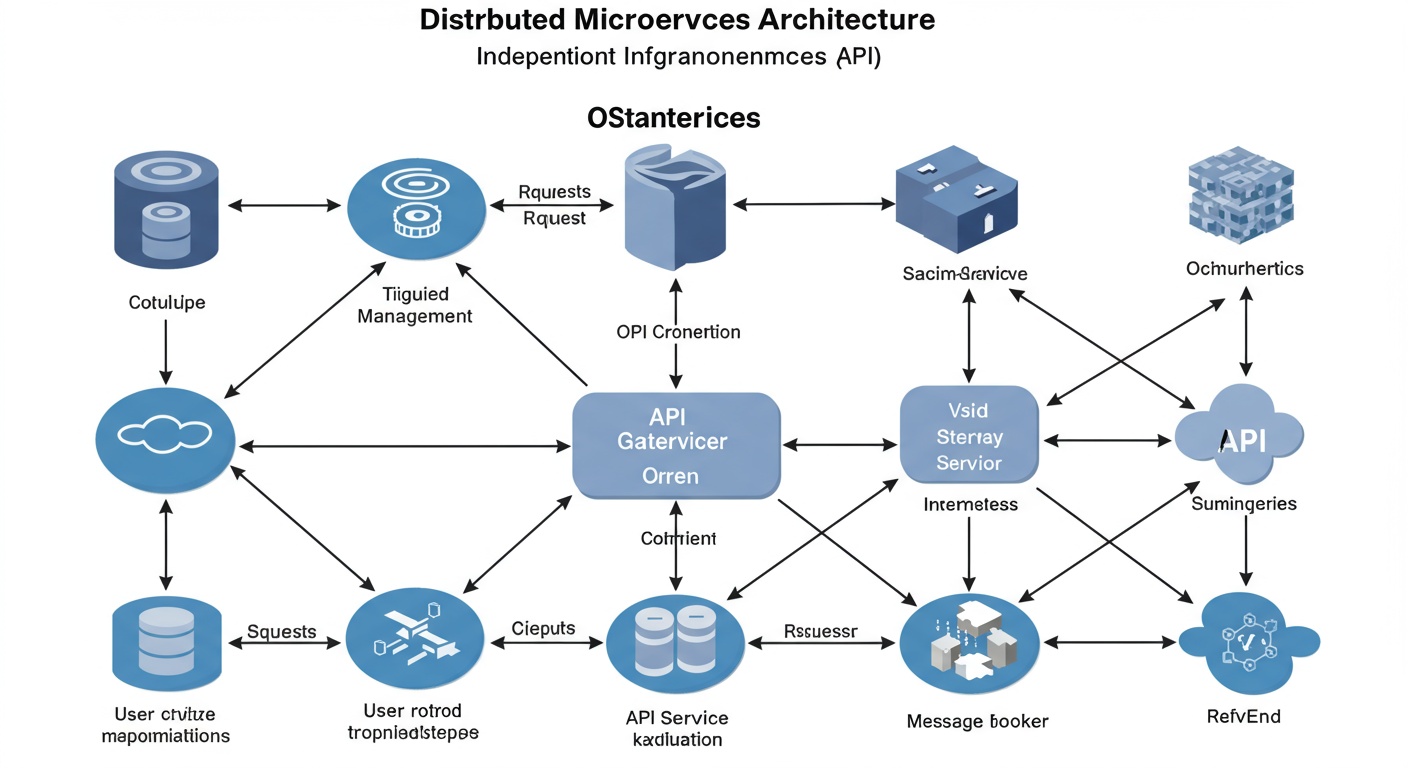Building Scalable Microservices Architecture: Best Practices and Pitfalls
Learn the essential principles of microservices architecture and how to avoid common mistakes when transitioning from monolithic applications.

Understanding Microservices
Microservices architecture has become the gold standard for building scalable, maintainable applications. However, the transition from monolithic to microservices isn't without challenges.
Core Principles
1. Single Responsibility
Each microservice should have a single, well-defined responsibility and should be able to be developed, deployed, and scaled independently.
2. Decentralized Governance
Teams should have the autonomy to choose the best tools and technologies for their specific service requirements.
3. Failure Isolation
Services should be designed to handle failures gracefully, ensuring that the failure of one service doesn't cascade to others.
Best Practices
- Start with a monolith and extract services gradually
- Implement proper monitoring and observability
- Use API gateways for external communication
- Implement circuit breakers for resilience
- Ensure data consistency with event sourcing
Common Pitfalls
1. Distributed Monolith
Creating services that are too tightly coupled defeats the purpose of microservices architecture.
2. Premature Optimization
Breaking down a system into microservices too early can lead to unnecessary complexity.
Conclusion
Microservices architecture offers significant benefits but requires careful planning and execution. Focus on business capabilities, maintain service independence, and invest in proper tooling and monitoring.